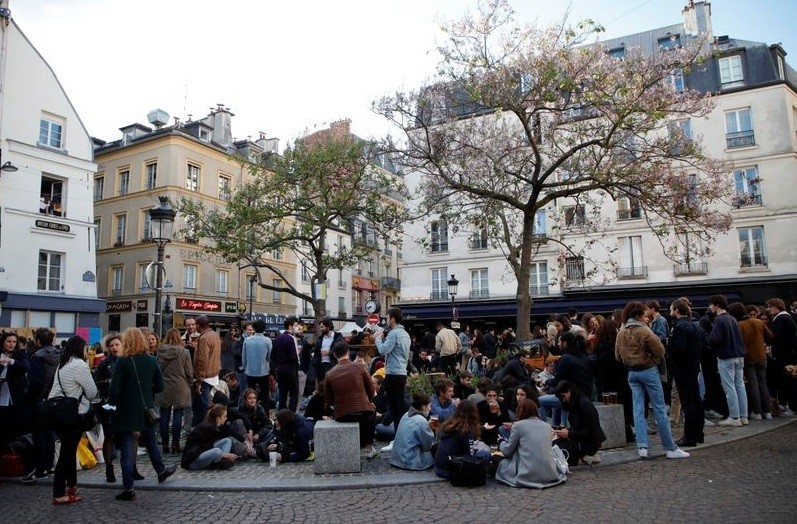Belgium, Luxembourg and Portugal are the first three EU member states to receive disbursement from the bloc’s EUR800 billion post-pandemic recovery package. Specifically, in the last disbursement, Portugal, Belgium and Luxembourg received EUR2.2 billion, EUR770 million and EUR12.1 million, respectively. The EU's disbursement of the support package is helping economies on their way to recovery with many risks ahead.
After a long period under the “dark clouds of recession”, the European economy has recently received positive signals. The European Union’s statistics office Eurostat said gross domestic product in the 19 countries sharing the euro grew 2.0% quarter-on-quarter for an increase of 13.7% year-on-year. Notably, Italy and Spain, the two countries that suffered heavy losses in the first wave of the COVID-19 epidemic in 2020, achieved impressive growth rates of 2.7% and 2.8%, respectively.
This achievement is attributable to the drastic promotion of the COVID-19 vaccination campaign and the gradual easing of restrictions and blockade measures in countries. Immediately after the EU officially applied the Digital Green Certificate on COVID-19, many countries, from Spain and Portugal in Southern Europe to Latvia and Finland in Northern Europe, reopened to welcome tourists.
However, challenges always come together with opportunities. The economic recovery path of the Eurozone is still uncertain. The region's top economic policymakers have different views on how the economy should operate after the pandemic. There are opinions that the European Central Bank (ECB) needs to maintain the flexible monetary policy applied during the crisis period due to the pandemic and keep interest rates low. Meanwhile, other opinions suggest that the EU should reduce support in both capital and fiscal policy as soon as the crisis ends.
To maintain the bright colours in the Eurozone economic picture, the deployment of an economic recovery fund is necessary, but not enough. Observers said that, in addition to quickly filling the “deep hole” of differences in economic strategy, the EU must also avoid subjective psychology and maintain readiness to respond to the threats from COVID-19 that are always looming.
















